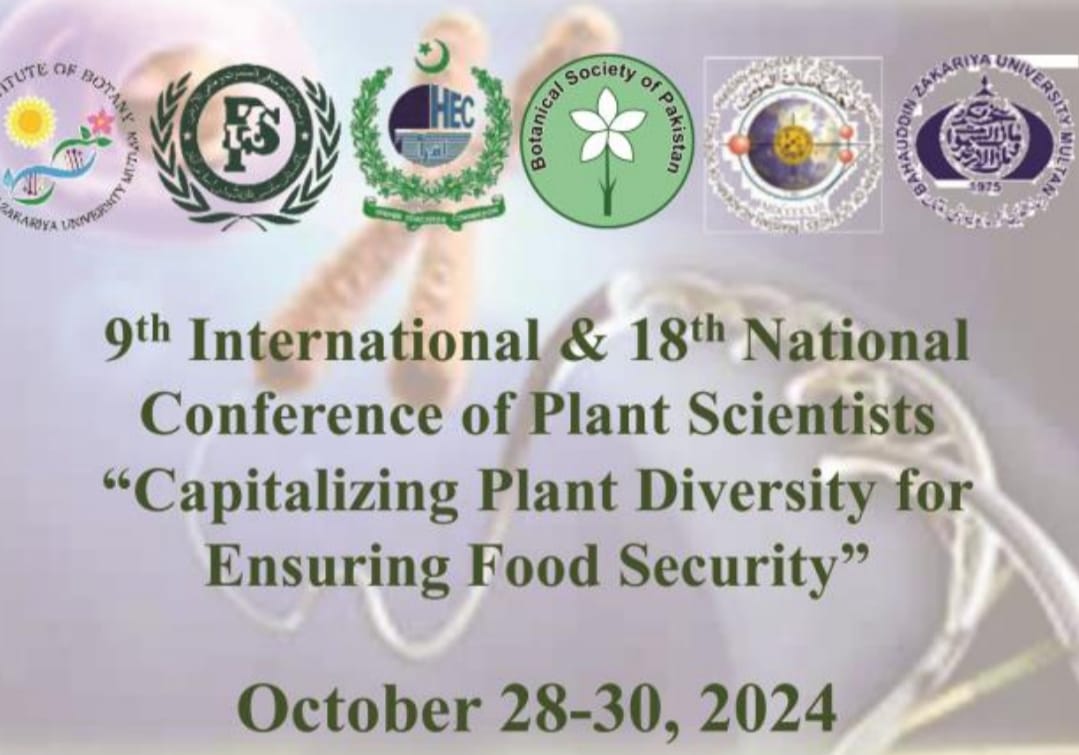
PJB-2021-749
Vegetation composition and biological spectra of the district Chakwal, Pakistan using multivariate analyses
Shahid Ali, Rahmatullah Qureshi, Naveed Iqbal Raja and Muhammad Azam Khan
Abstract
The vegetation analysis was undertaken of the District Chakwal which is located at the beginning of the Pothwar plateau during 2015 to 2017. Stratified random vegetation sampling technique was used along the 14 altitudinal transects of 70 sampling sites with 700 plots. The Cluster Analysis classified six dominant plant communities viz., 1) Lantana-Parthenium-Cannabis (LPC) community, 2) Calotropis-Chrysopogon-Melia (CCM) community, 3) Cynodon-Cenchrus-Tecomella (CCT) community, 4) Zizyphus-Zizyphus-Capparis (ZZC) community, 5) Dalbergia-Heteropogon-Prosopis (DHP) community and 6) Acacia-Justicia-Dodonaea (AJD) community. Canonical Correspondence Analysis (CCA) tool was applied to confirm the studied climatic variables in association with the existing plant communities. The CCA results revealed that total variations in the response data were 3.827 and 32.7% as explained by the explanatory variables. On the basis of conditional (net) term effects, moisture [Pseudo-F 1.7; p(adj) 0.00243] and soil pH [Pseudo-F 1.6; p(adj) 0.00243] were detected as the most important and significant factors towards explaining the variations among different vegetation communities. It was concluded that altitude, electrical conductivity and soil pH were the significant environmental factors that play role in the formation of major plant communities in the District Chakwal. Being the dominance of natural remnant vegetation in this mountainous terrain, local inhabitants are continuously exerting pressure for utilizing the century’s old vegetation especially for fuel wood and other uses so there is immediate need for proper management of this area
To Cite this article: Ali, S., R. Qureshi, N.I. Raja and M.A. Khan. 2022. Vegetation composition and biological spectra of the district Chakwal, Pakistan using multivariate analyses. Pak. J. Bot., 54(6): DOI: http://dx.doi.org/10.30848/PJB2022-6(22)
Download PDF


